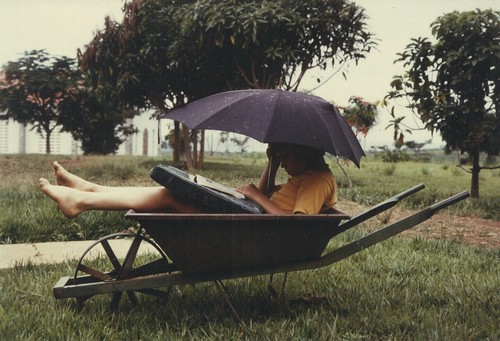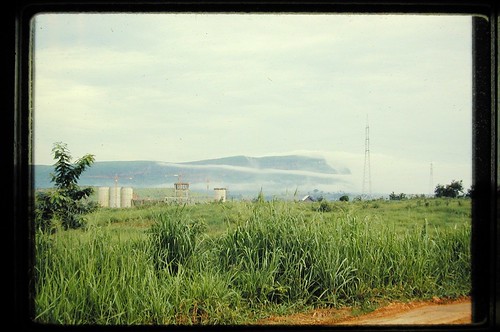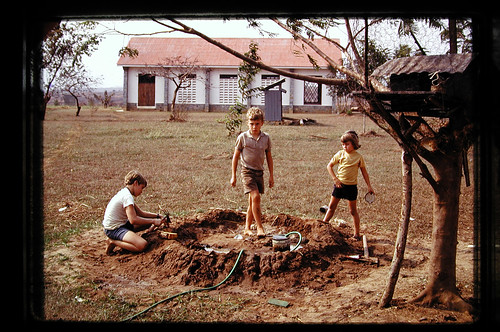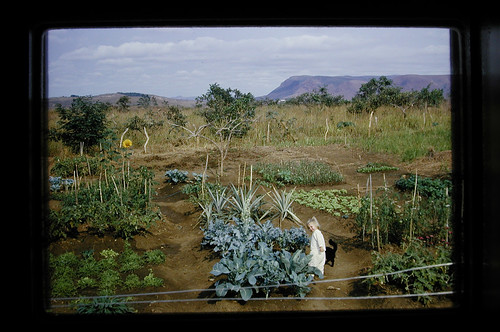We read a lot. After all, there was almost no radio, no television, no mall, and very few other kids to play with at Kivuvu. I read anything and everything, whether I was interested in the subject or not. Reading has been a refuge from the world as well as opening up new vistas.
Our bookshelves were full. The ones I remember right now:
- Encyclopedia Britannica – a whole set! I read from entry to entry in order. I did not get all the way through although that was a goal.
- Several dictionaries, including the huge heavy one with the most obscure words. We used that one for Scrabble. Dictionaries were frequently consulted in our house, for all kinds of reasons. I also used them as reading material. Whenever there wasn’t anything else to read, there was always the dictionary! I still enjoy entomology and love trying to figure out the roots of words.
- A set of Fairy books by Andrew Lang, from Dover Children’s Classics.
- Indaba, my Children by Vusamazulu Credo Mutwa. Truly a must-read in African oral history and story.
- Some classic science fiction paperbacks.
- A few Cherry Ames stories. I especially remember Cherry Ames, Student Nurse.
- Several volumes of Reader’s Digest Condensed Books.
- I’m sure there were some Bibles and inspirational works, probably also a history book or two. Dad’s office had quite a few shelves of medical books.
- There were a couple cookbooks that got regular use – the Joy of Cooking, and Betty Crocker’s Cooky Book. We had many difficulties with shortages of one thing or another and the Joy of Cooking always came through. I learned to bake from the Cooky Book (although we always spelled it "cookie"). My specialty? Spritz cookies!
- One favorite pastime of mine was browsing the most recent Wards and Sears catalogs. I spent many hours furnishing my dream room and outfitting myself with new cool clothes. Those catalogs were really our only contact with fashion. We did get National Geographic magazine once in a while when it didn't get stolen from the post but that wasn't too helpful for current trends.
In this library I found a GREAT treasure – J.R.R. Tolkien’s book The Hobbit. I devoured that book and The Lord of the Rings when it came out in paperback a couple years later during our furlough in 1969. Those characters (particularly Frodo) are part of my psyche.
Another favorite pastime in the TASOK library was reading magazines. There were many back issues of various strange subjects (or at least, strange to be at TASOK!). I know more about horse breeds, horse racing, ballet, farming, and fashion because of some kind soul’s donation to the library.
Back to the photo for a moment: check out that wheelbarrow! The steel wheel looks home-made to me. Also, I love the broken rib on the umbrella, carefully placed so that the rain wouldn’t fall on Dan’s book – only his back. In the background, you can see the church, which looks freshly painted. There are young mango and avocado trees planted along the semi-circular drive that passed the church and our “front” door. Actually, we used the door on the other side of the house much more, and considered that our front door.






















